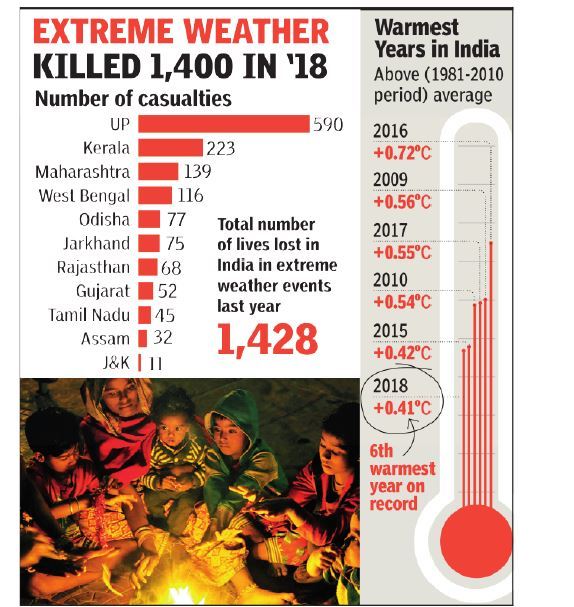7667766266
enquiry@shankarias.in
What is the issue?
How was 2018 overall?
How was the temperature trend?

What is the case with extreme weather events?
How was the monsoon rainfall trend?
Source: Indian Express